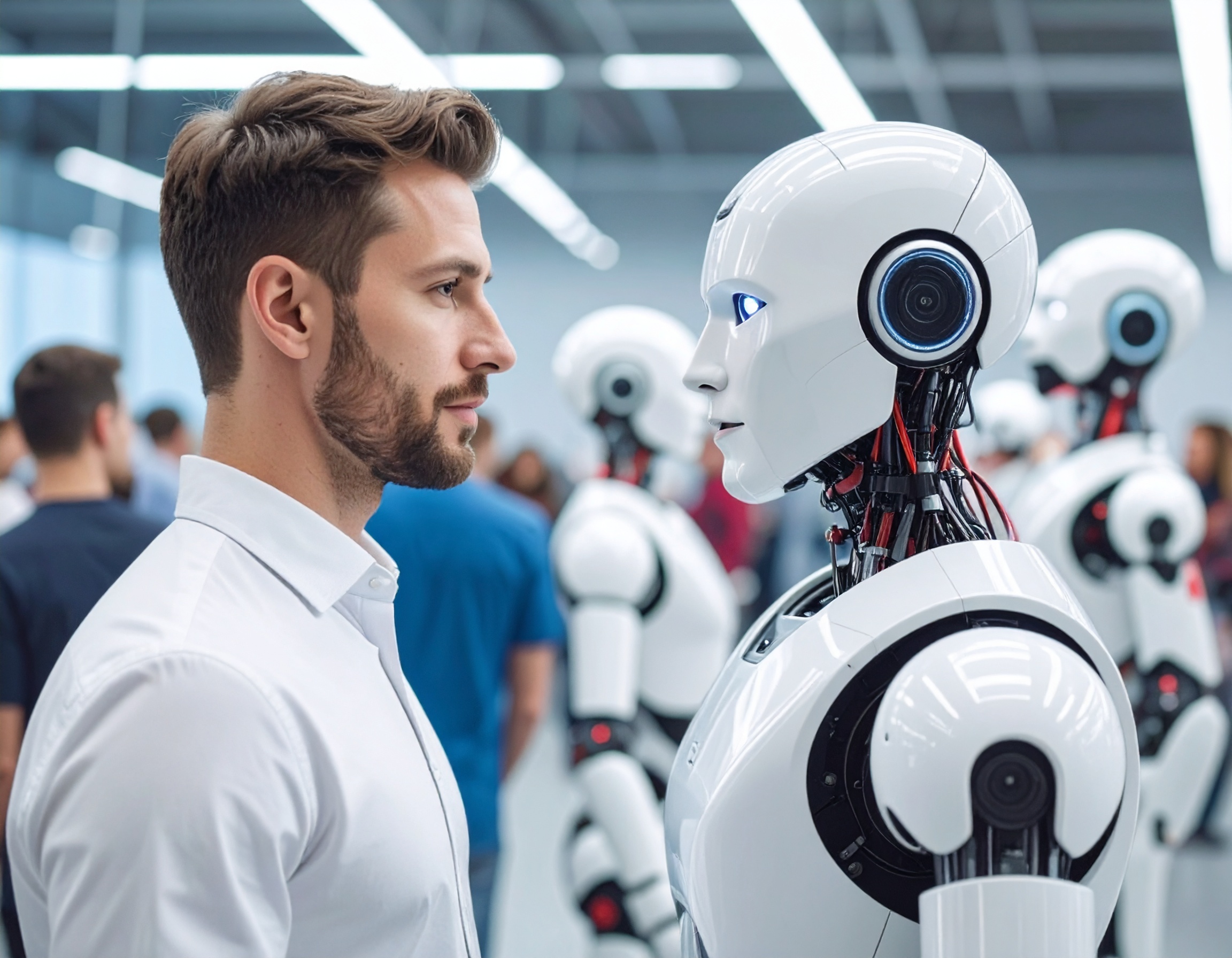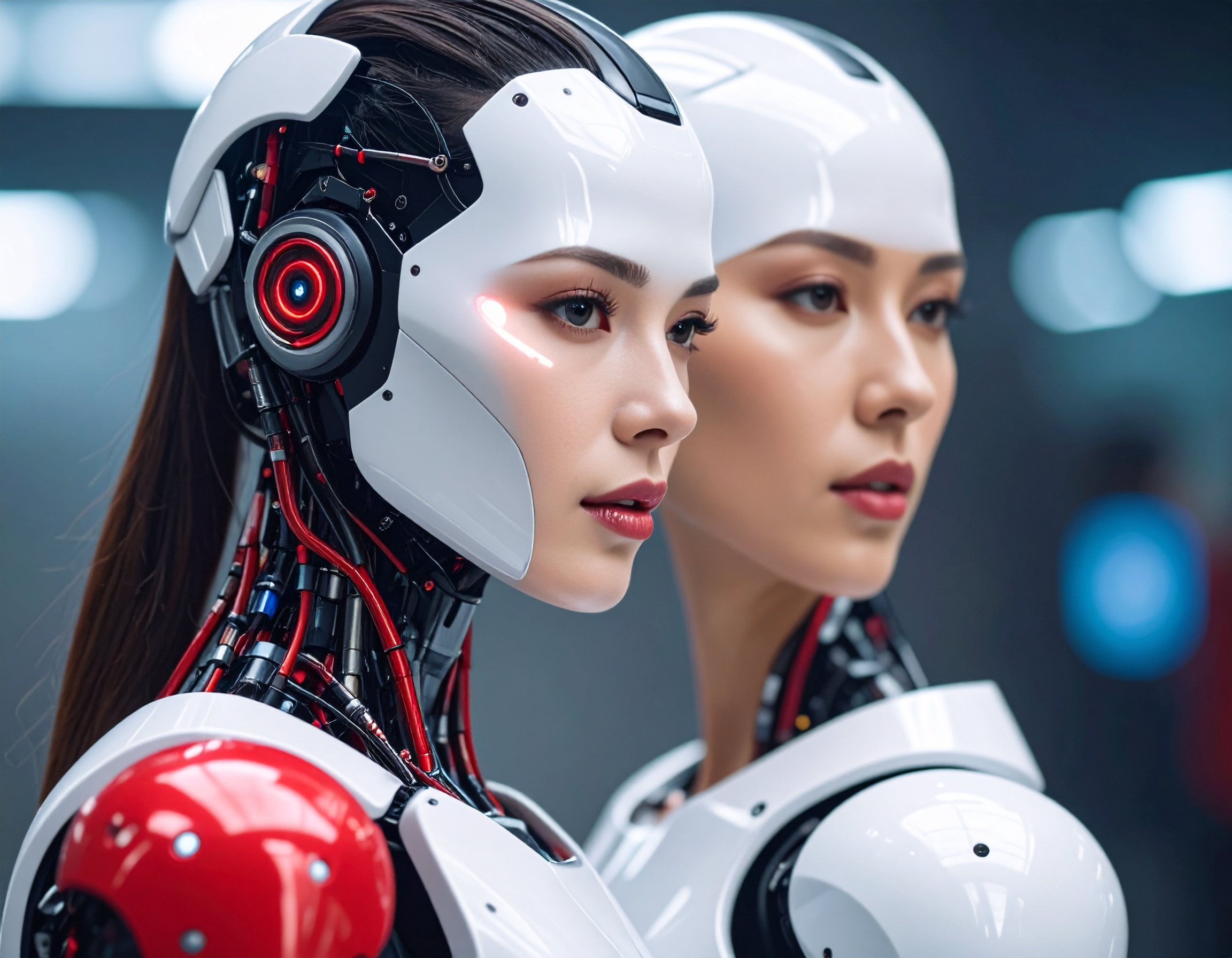Unraveling the Race Between Robots and Nature: Integrating Insights from Evolution and Engineering

In the evolving landscape of robotics, a significant revelation has emerged: while individual components engineered into robots often surpass their biological counterparts, animals still outshine robots in overall performance. This revelation, unveiled in a recent study published in Science Robotics on April 24, 2024, underscores the critical importance of system integration and control in advancing robotics technology.
Led by a collaborative team of scientists and engineers from esteemed research institutions, including Simon Fraser University, the University of Washington, SRI International, the University of Colorado Boulder, and the Georgia Institute of Technology, the study meticulously dissected various aspects of running robots. The team scrutinized five fundamental subsystems—Power, Frame, Actuation, Sensing, and Control—comparing them with their biological equivalents. Surprisingly, engineered components often exhibited superior performance by conventional metrics. However, animals showcased unparalleled integration and control of these components, culminating in superior overall functionality.
Dr. Max Donelan, a prominent figure in Simon Fraser University’s Department of Biomedical Physiology and Kinesiology, highlights the remarkable feats animals achieve, from enduring extensive migrations across rugged terrain to navigating treacherous cliffs with ease. Such agility, endurance, and robustness remain elusive for existing robots, indicating a substantial gap in system-level performance.
Despite this discrepancy, the study offers a glimmer of hope for the future of robotics. While acknowledging the evolutionary advantage animals possess, the researchers emphasize the rapid progress achievable through engineering. With the ability to iterate designs and transfer knowledge across platforms, robotics holds the potential for accelerated advancement, outpacing the slow pace of natural evolution.
Looking ahead, the study advocates for a paradigm shift in robotics development, prioritizing the integration and control of existing hardware over the pursuit of novel components. By assimilating insights from biology, engineers aim to unlock the full potential of running robots, envisioning a future where digital employees match the efficiency, agility, and resilience of their biological counterparts. From navigating complex terrains to executing hazardous tasks, the implications of this research extend far beyond engineering, offering transformative solutions for diverse real-world challenges. As robotics continues to evolve, the fusion of evolutionary wisdom and engineering ingenuity promises a future where machines and nature converge in unprecedented harmony.
In essence, the study serves as a clarion call for the robotics community, heralding a new era of integration-driven innovation. As the race between robots and nature unfolds, it is not merely a competition of speed and strength but a quest for symbiotic collaboration, where the boundaries between artificial intelligence and biological prowess blur, ushering in a future where intelligent agents seamlessly navigate the intricate tapestry of our world.
Key Highlights:
- System Integration Over Component Superiority: Despite engineered components often surpassing biological equivalents in robots, animals outshine robots due to superior integration and control of these components. This highlights the crucial role of system-level performance in robotics.
- Interdisciplinary Collaboration: The study, published in Science Robotics on April 24, 2024, brought together scientists and engineers from renowned institutions like Simon Fraser University, the University of Washington, SRI International, the University of Colorado Boulder, and the Georgia Institute of Technology.
- Performance Discrepancy: While robots excel in individual subsystems such as Power, Frame, Actuation, Sensing, and Control, animals demonstrate unmatched agility, endurance, and robustness in overall system functionality.
- Optimism for Robotics Progress: Despite animals' evolutionary advantage, researchers express optimism about robotics' rapid progress. Through iterative design improvements and knowledge transfer across platforms, robotics aims to outpace the slow pace of natural evolution.
- Paradigm Shift in Robotics Development: The study advocates for a shift in focus from developing novel components to integrating and controlling existing hardware more effectively. By assimilating insights from biology, engineers aim to bridge the gap between robots and their biological counterparts.
- Real-World Implications: The implications of this research extend beyond engineering, offering transformative solutions for various real-world challenges. From navigating complex terrains to executing hazardous tasks, running robots hold promise for diverse applications in society.
Reference:
https://scitechdaily.com/evolution-vs-engineering-why-cant-robots-outrun-animals/


